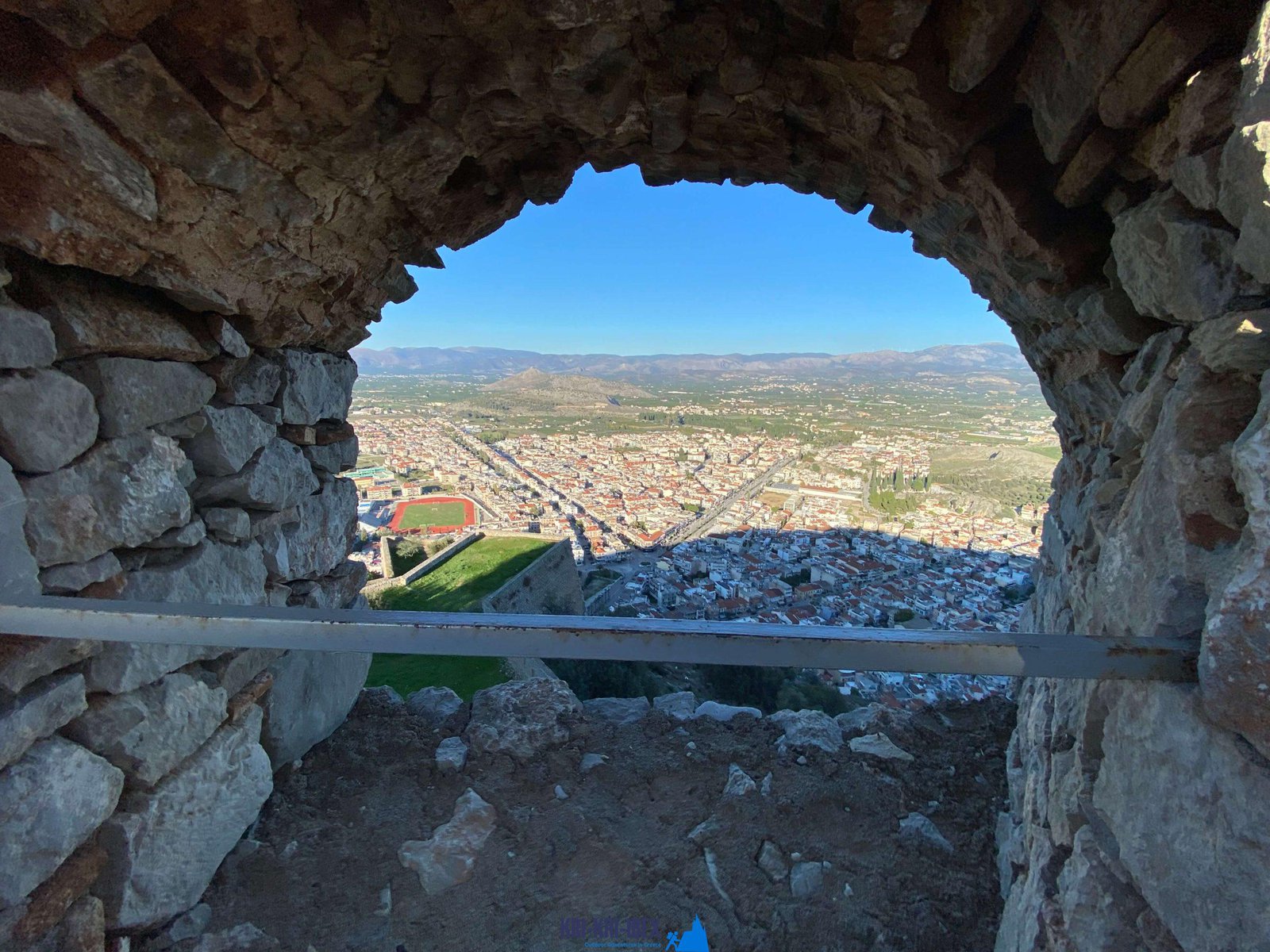
Hunting for Kri Kri ibex in Greece is an outstanding hunting exploration and superb getaway done in one. Ibex hunting is typically a harsh experience, however not in this situation! Dive to shipwrecks and also spearfishing in ancient Greece, or delight in ibex searching in an unique location are just a few of the important things you might do throughout a week long ibex hunting expedition in Greece. Can you think about anything else?

Greece is an attractive country with a lot of possibilities for tourists. There are stunning beaches, old ruins, as well as scrumptious food to enjoy. Additionally, there are lots of activities available such as snowboarding, biking, and also hiking. Greece is the perfect location for any individual trying to find a trip loaded with journey and also enjoyment.
To many people, The Peloponnese peninsula on the Greek Mainland is the 'genuine' Greece, where things have not altered a lot in all over the centuries although that lots of people have actually uncovered it. This is a location where you could quickly spend a month or more but if you are short on schedule after that our hunting and exploring Peloponnese Tours from Methoni is an excellent solution. This covers a significant quantity of ground to some of Europe's many remarkable websites in just 5 days. You genuinely will not believe what you see! Whilst the Peloponnese is home to a few of the most effective beaches in Greece there are many things to see and also do that it is really a year-round destination. Whilst Summer is the excellent time to invest at the waterfalls as well as coastlines, Spring and Autumn are excellent for hiking and discovering Ancient Ruins, Caves as well as Archeological websites. Even wintertime is attracting as much of the communities as well as villages get some snow, specifically in the mountains, and the rock architecture as well as wineries offer themselves to cosy moments by an open fire. The covered dishes and typical winter food is hearty and delicious. Despite what time of year you pick you will certainly find the crowds very convenient and also in many places, non-existent.
If you are looking for an authentic Greek experience away from the hustle and bustle of tourism after that look no better than Methoni in The Peloponnesos! Our outside searching for Kri Kri ibex, angling, free diving and exploring Peloponnese tours from Methoni are the excellent way to explore this lovely area at your very own rate with like minded individuals. Get in touch with us today to reserve your place on one of our trips.
What is the diference between Kri Kri ibex, Bezoar ibex and hybrid ibex
The kri-kri is not thought to be indigenous to Crete, most likely having been imported to the island during the time of the Minoan civilization. Nevertheless, it is found nowhere else and is therefore endemic to Crete. It was common throughout the Aegean but the peaks of the 8,000 ft (2,400 m) White Mountains of Western Crete are their last strongholds–particularly a series of almost vertical 3,000 ft (900 m) cliffs called ‘the Untrodden’—at the head of the Samaria Gorge. This mountain range, which hosts another 14 endemic animal species, is protected as a UNESCO Biosphere Reserve. In total, their range extends to the White Mountains, the Samaria National Forest and the islets of Dia, Thodorou, and Agii Pandes.
This Ibex is NOT a diminutive form of the Bezoar Ibex, which has migrated into the western-most reach of the range of this species. The kri – kri (Capra aegagrus cretica), sometimes called the Cretan goat, Agrimi, or Cretan Ibex, is a feral goat inhabiting the Eastern Mediterranean, previously considered a subspecies of wild goat. The kri-kri has a light brownish coat with a darker band around its neck. It has two horns that sweep back from the head. In the wild they are shy and avoid tourists, resting during the day. The animal can leap some distance or climb seemingly sheer cliffs.
“The agrimi goat Capra aegagrus cretica is unique to Crete and its offshore islands. It has been identi®ed as a sub-species of the wild bezoar goat Capra aegagrus aegagrus Erxleben, 1777, which it closely resembles in horn shape, body form and coloration. This classi®cation has been disputed by some researchers who claim that the agrimi are feral goats, derived from early domestic stock brought to the island by the ®rst Neolithic settlers. In order to clarify this issue, DNA analyses (cytochrome b and D loop sequences) were carried out on tissue of live and skeletonized agrimi and compared to sequences of wild and domestic caprines. Results conclusively show the agrimi to be a feral animal, that clades with domestic goats (Capra hircus) rather than with wild Asiatic bezoar. This study demonstrates that morphometric criteria do not necessarily re¯ect genetic af®nities, and that the taxonomic classi®cation of agrimi should be revised.”